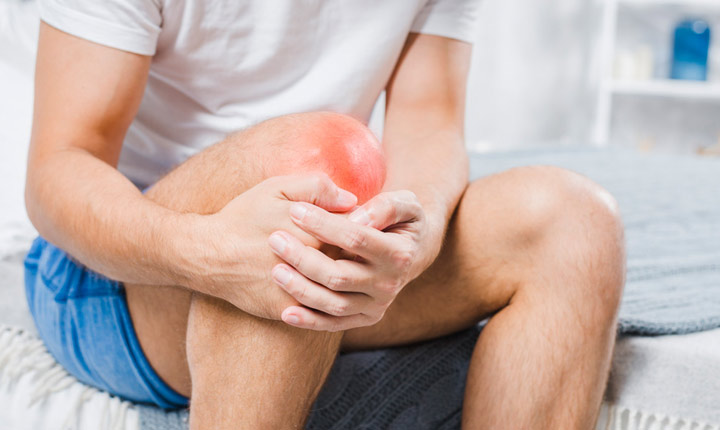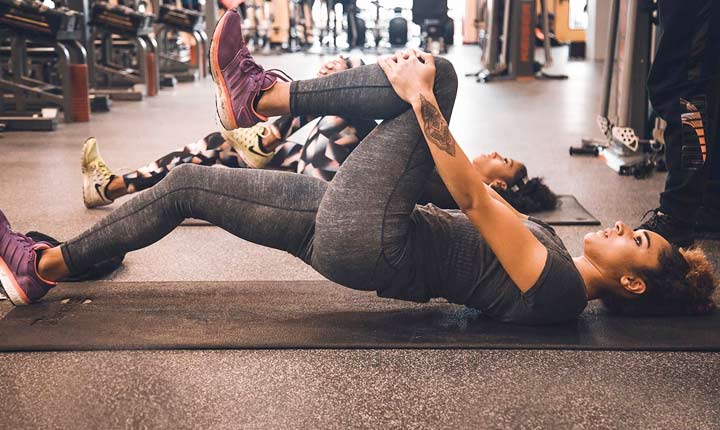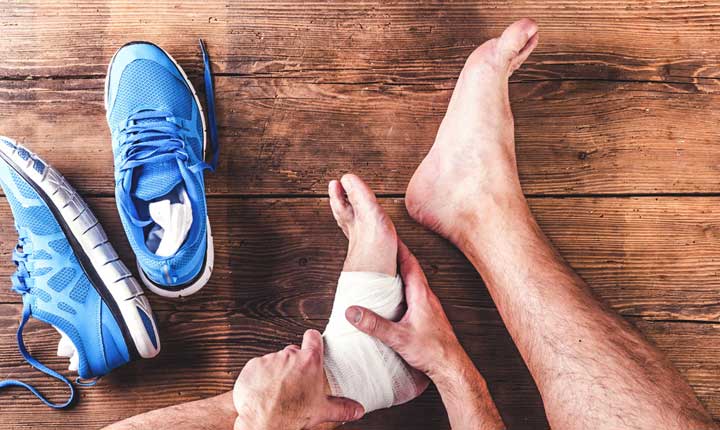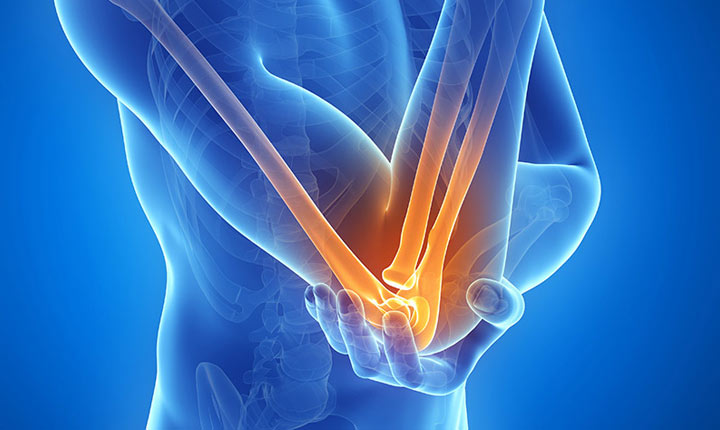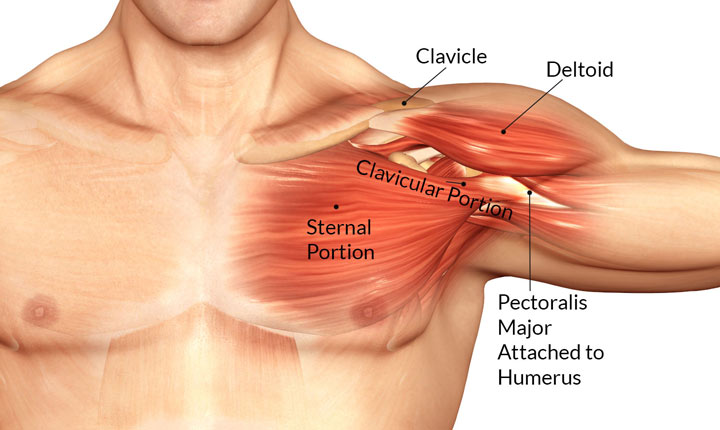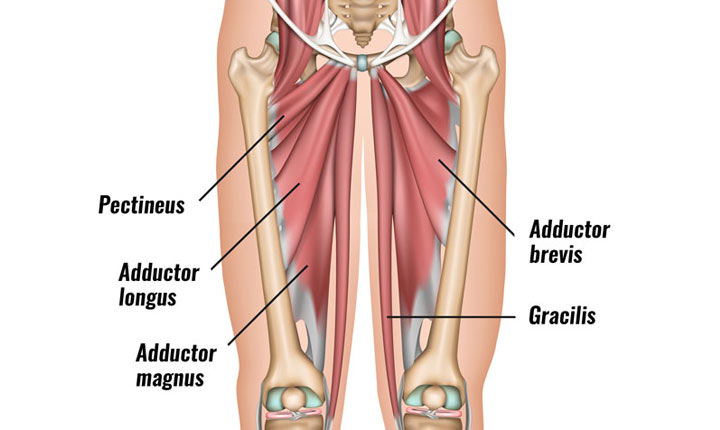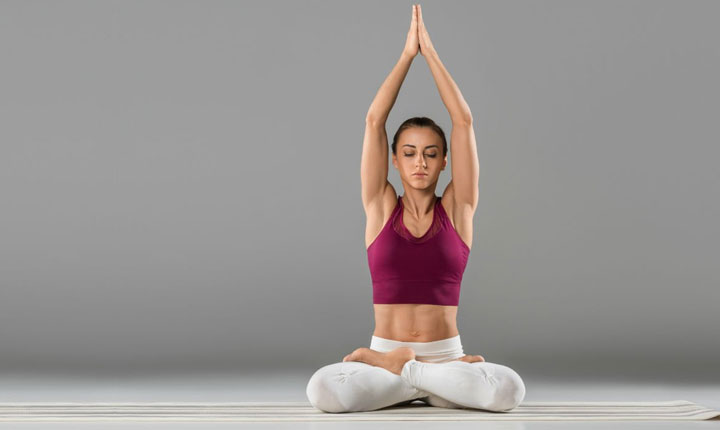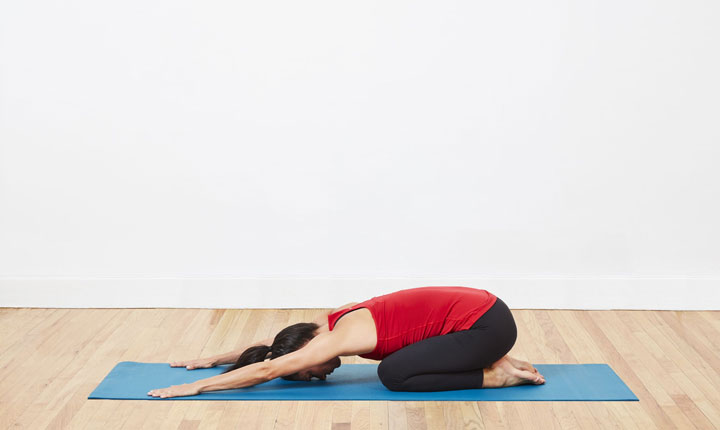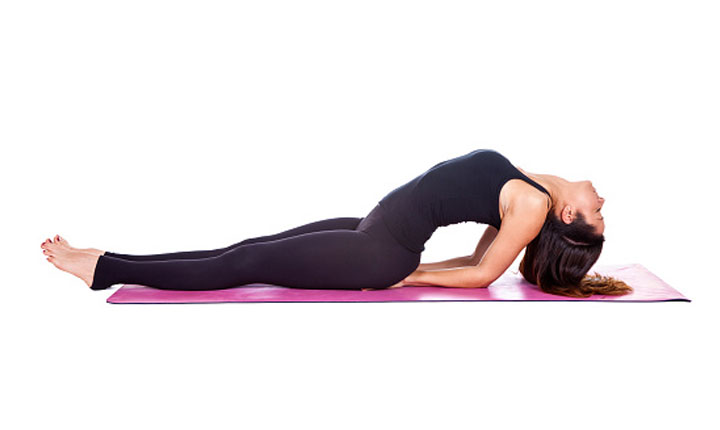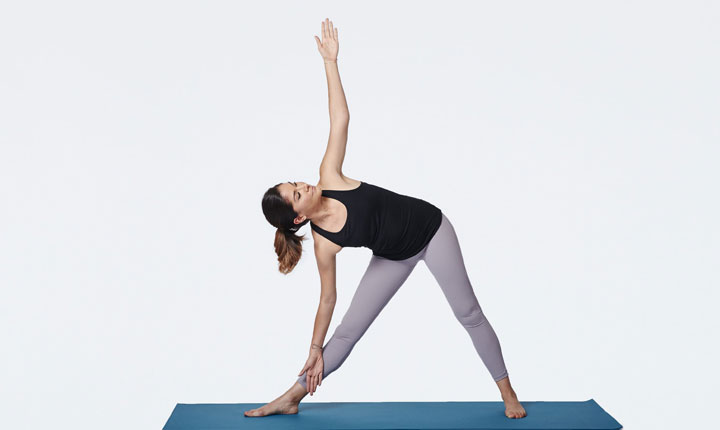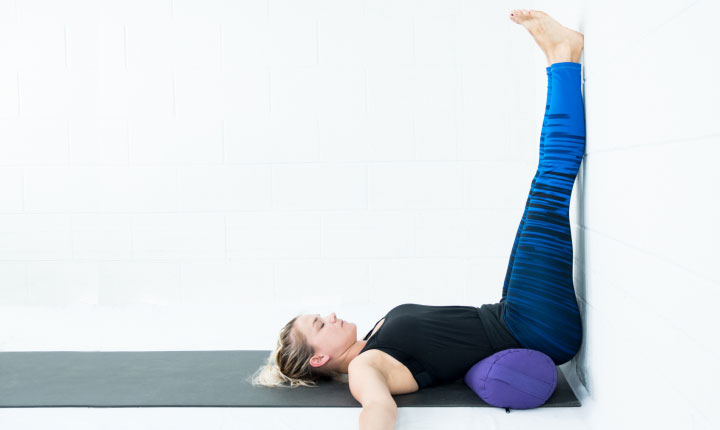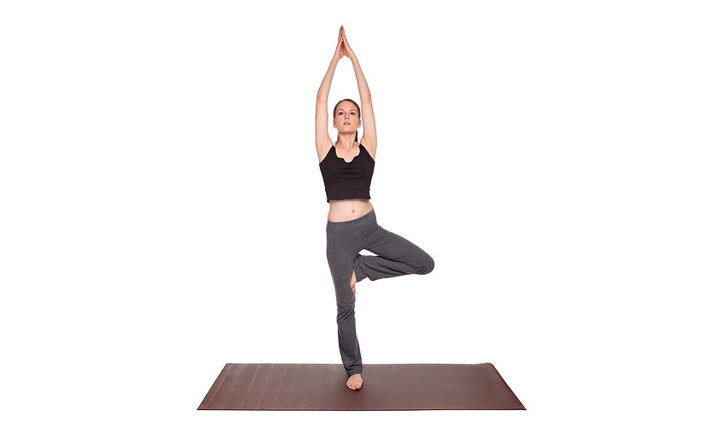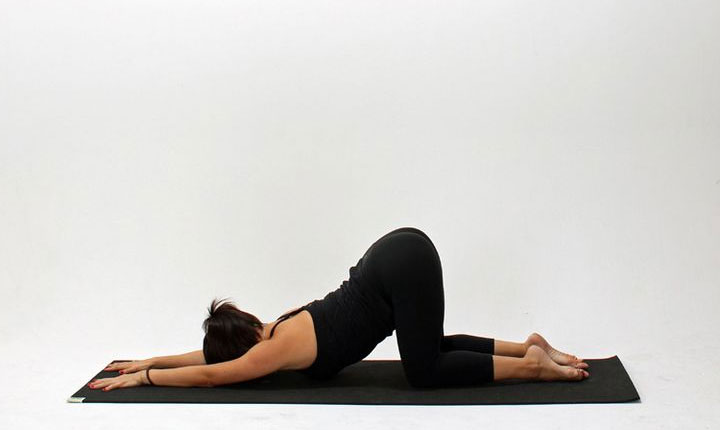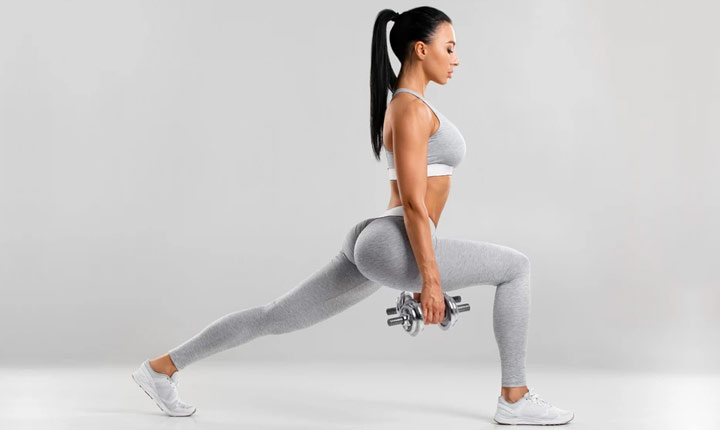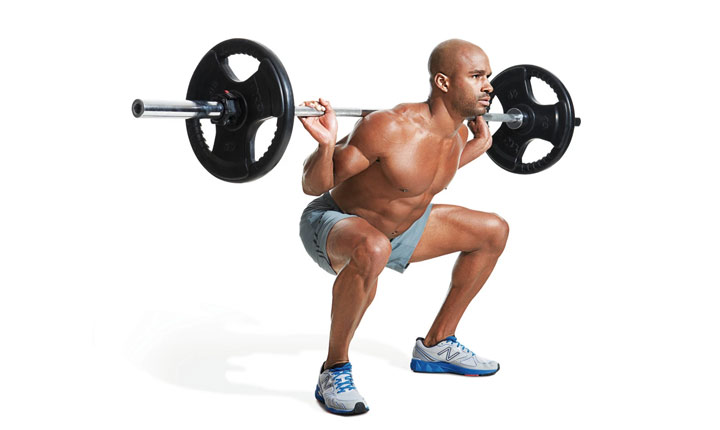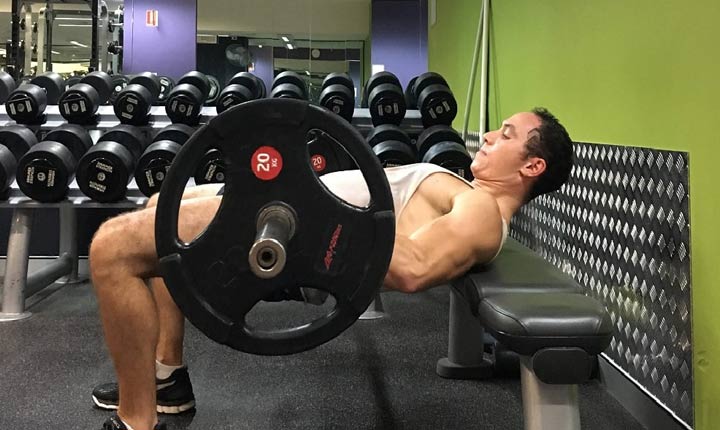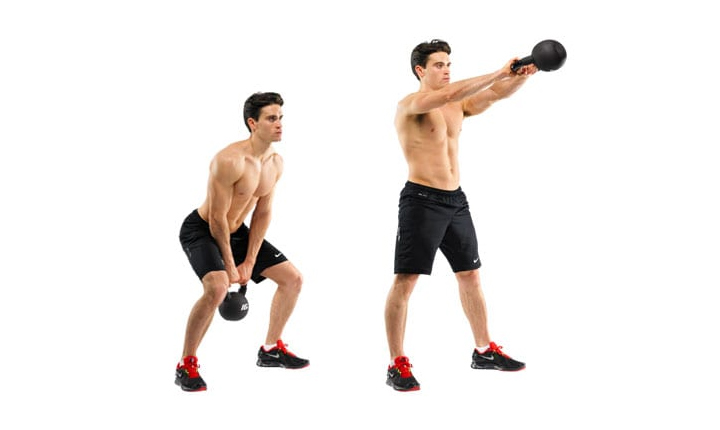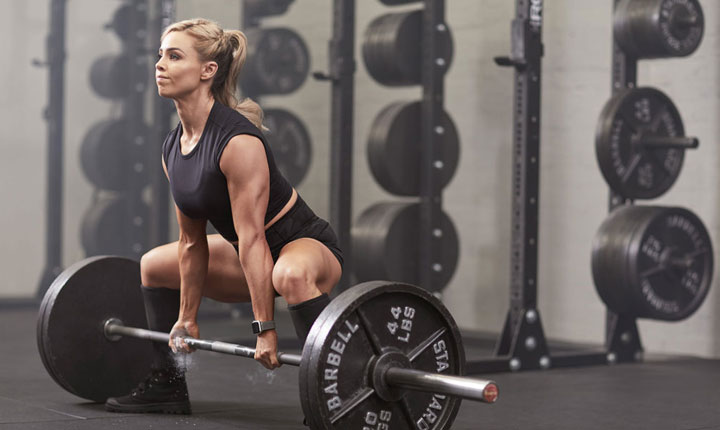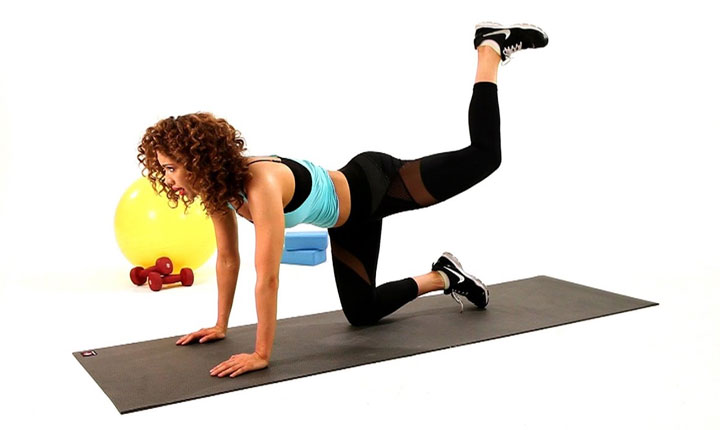Your knee is one of the most important areas of our body since it connects your leg with your thighs. It is also the largest joint in your body. Unfortunately, it is prone to various injuries and is susceptible to osteoarthritis. Thousands of people across the globe suffer from mild and severe knee pain. Although surgeries and medication you in this regard, we recommend you take the help of some exercises for knee pain because of how wholesome they are.
Today, we are going to help you out in this regard by introducing you to some of the most effective exercises for knee pain that you can do for taking care of your ailing knee. So, let us get this thing rolling.
Best Exercises for Knee Pain
For a very long time, there was a misconception that only older people suffer from knee pain. But, there days, we are hearing people as young as in their 20s suffer from it. Whether you are a housewife or a weekend warrior or an Olympic athlete, no one can assume that they are immune from the attacks of knee pain.
Some of the most common types of knee pain are osteoarthritis, meniscus tears, tendinitis, and sprained knee ligaments. The exercises that we are about to discuss today will not only help you in getting rid of knee pain, but they will also improve your range of motion and overall flexibility.
Remember, the exercise for knee pain doesn’t affect the knee joint directly. Instead, they help in strengthening the muscles surrounding your knee joint. When you have strong muscles, they will inadvertently provide support to your knees. This support will help in alleviating pressures and strains on these joints, which will, in turn, cause relief from pain and in making a person more active.
As per the Arthritis Foundation, regular performing of exercises is the most effective non-surgical way to treat osteoarthritis. With all this information now in your hand, it is time to look into the highly beneficial exercise for knee pain.
Hamstring Stretch
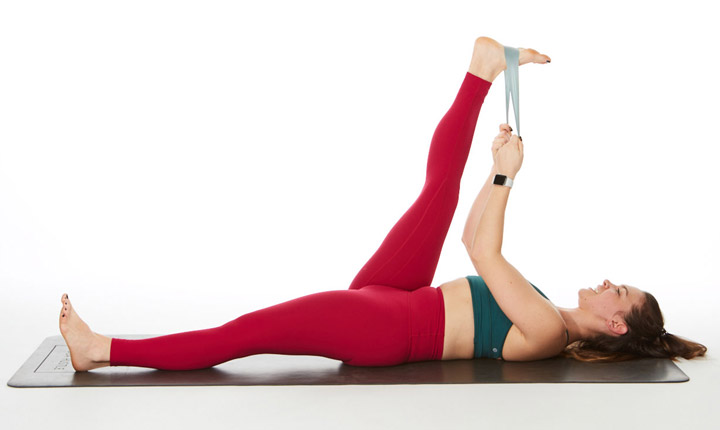
Meant to soothe your hamstrings which are the muscles in the back of your thigh, the hamstring stretch is a very popular exercise that is one of the first exercises that is usually recommended by gym trainers to those suffering from knee pain.
For performing this exercise, you first need to lie down on your bed or a mat if you want to do it on the floor. Try and straighten your feet. If possible, try to bend both of your knees while keeping feet flat on the bed/floor.
Next, you need to lift one of your legs off the bed/floor. Proceed to put your hand under your knee and behind your thigh. Slowly, pull your knee towards your chest until you feel a modest stretch. Stay in this position for around 30 seconds. Put down your feet and shift to the other feet. Repeat this twice on both sides.
Heel & Calf Stretch
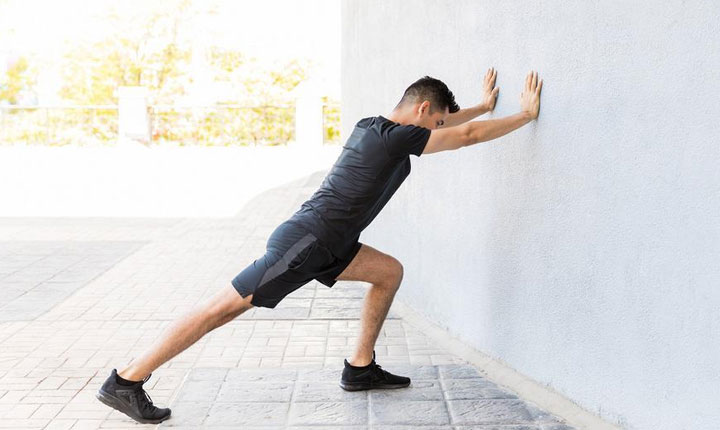
This exercise is meant to target the muscles in your lower leg; to be specific your calf muscles. For this exercise, you need to stand facing a wall.
Next, place your hands on the wall and put one leg behind as far as you can. Don’t incur too much pain while doing so. In other words, put your feet back as far as you are comfortable. Your heels should stay flat and your toes must be faced forward. Slightly bend your knees.
Proceed to lean into the stretch and stay in this position for around 30 seconds. At this point, you will be able to feel the stretch in your back leg. Change your leg and then repeat. Perform this stretch twice on both the legs.
Calf Raises
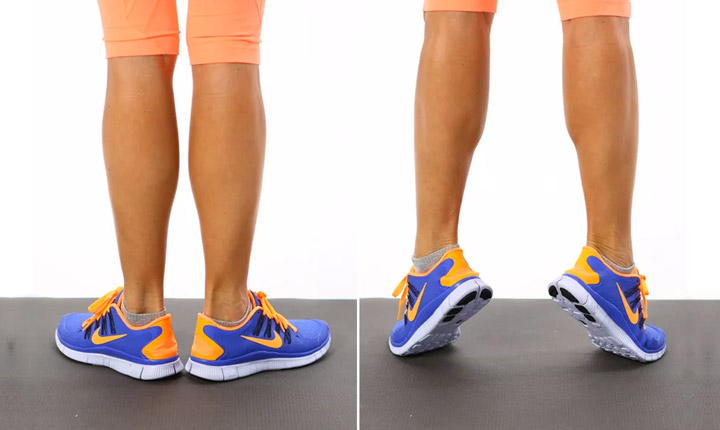
Evident by its name, calf raises is meant to strengthen the back of your lower legs, which includes your calf muscles.
For this exercise, you have to stand with your legs shoulder-width apart. Try and position yourself next to a wall. You can even hold on the back of a chair for support. Next, gently lower your heels to the starting position. Perform two or three sets of ten repetitions each.
Leg Extensions
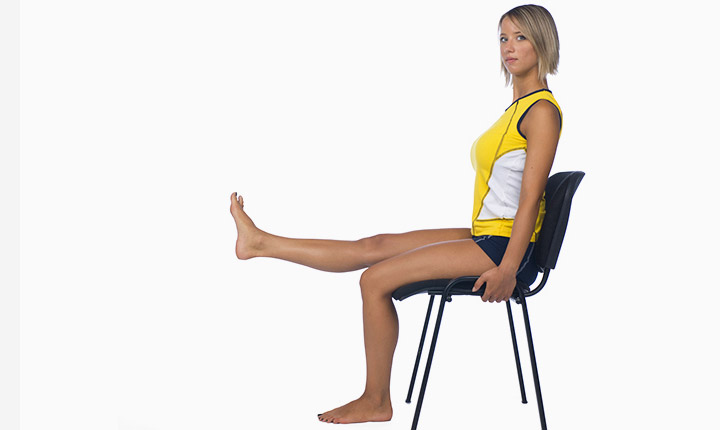
Contrary to the popular belief that you need heavy weights and gym equipment to strengthen your quadriceps, you can use your own body weight instead of a weighted machine when you perform leg extensions. This ensures that the pressure is off your knees.
For this exercise, first and foremost you need to find yourself a chair. Sit up tall in it and put your legs flat on the ground by maintaining a hip-width distance between them. Make sure to look straight ahead since posture is very important in this knee pain exercise.
Next, extend one leg as high as possible by contracting the muscles of your thighs. You need to ensure that you don’t raise your buttocks off the chair. Pause for a while and then lower yourself to get to the starting position. Perform two to three sets of ten repetitions for each foot.
Hamstring Curl
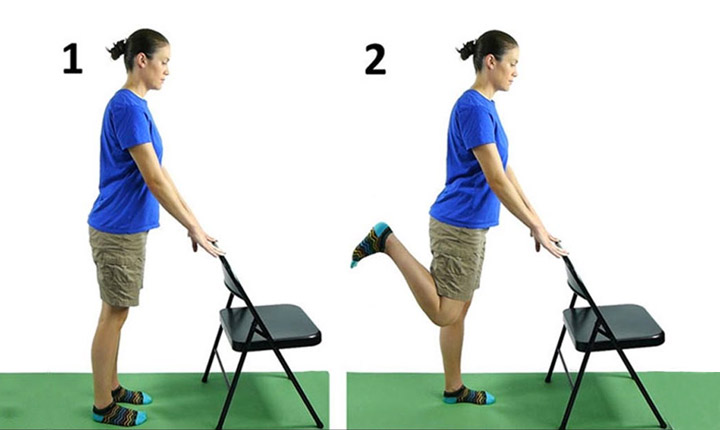
The next exercise for knee pain is the hamstring curl. It targets your hamstrings as well as your glutes. This workout also needs core strength in order to keep your hips and upper body steady.
For performing this exercise, you need to stand up facing a wall. Feel free to use a chair for support. Your legs should be hip-width apart from each other. Raise one leg up while bending your knee and lifting your heel towards the ceiling. Try to go as far as you can without getting too uncomfortable. Remember, your hips should be pointed and your upper body should be still during this step.
Stay in this position for around five to ten seconds. Relax and bring yourself down to the starting position. Perform two to three sets of ten repetitions for each foot.
Straight Leg Raises
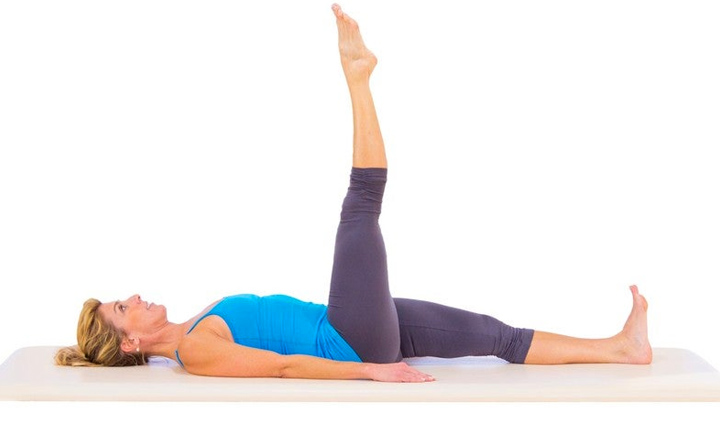
Aimed at strengthening your quadriceps and hip flexor muscles, straight leg raises comes next in our list of effective exercises for knee pain.
When you flex your leg at the end of the move, you would notice your shins getting tightened. As you get comfortable after a few days, you can add a 5-pound ankle weight to strengthen your feet.
To perform this exercise, you need to lie down on your bed or a mat on the floor. Bend one of your legs and keep the other leg straight in front of you.
Contract the quadriceps of your straight leg and slowly lift it off the bed/floor until it is the same height as that of your bent knee. Stay in this position for a maximum of five seconds before lowering down to the starting position. Perform two to three sets of ten repetitions for each foot.
Prone Leg Raises
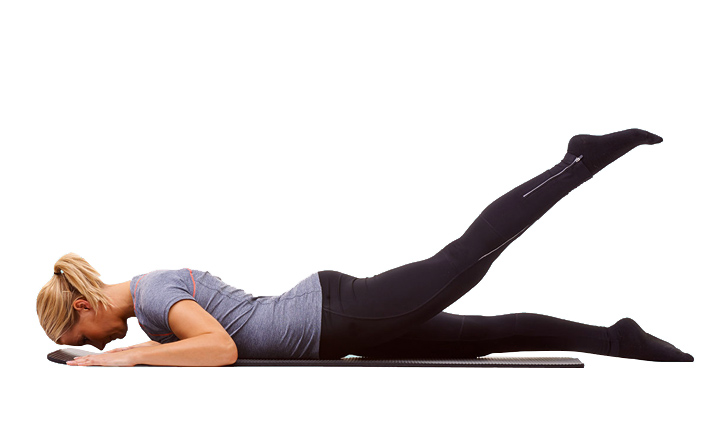
Prone leg raises are meant to work your hamstrings and glutes. Once you get into the rhythm of this exercise, feel free to add a 5-pound angle weight after a few days.
For this exercise, you need to lie down on your stomach on a bed or the mat if you are doing it on the floor. Keep your feet straight behind you. Make sure that your head rests on your arms.
Follow this by engaging your glute and hamstring muscle in your left foot and raise your foot as high as you comfortably can. Don’t put yourself through pain while doing so. Your pelvic bones should be kept on the floor while performing this knee pain exercise. Hold your foot in the raised position for around five seconds. After that, lower your leg, rest for two seconds and repeat. Perform two to three sets of ten repetitions for each foot.
Half Squat
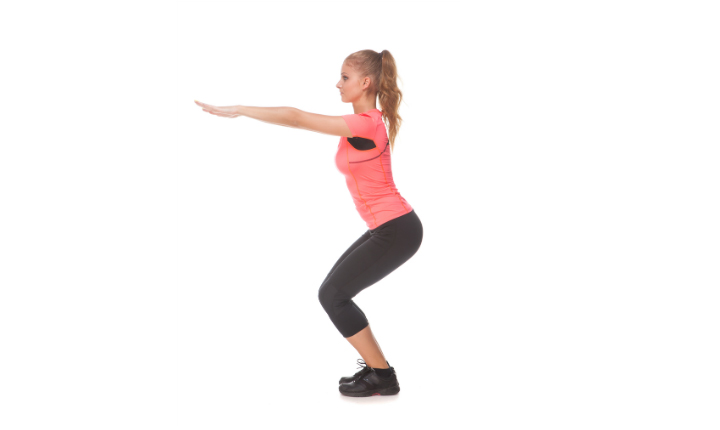
One of the best exercises that target your hamstrings, quadriceps, and glutes, half squats are what we call an all-rounder exercise. On top of that, it doesn’t strain your knees, which is another reason for you to perform this.
For half squats, you first need to get into a standing squat position. Keep your legs shoulder-width apart from each other. Next up, put your hands on your hips or out in front of you, whichever is comfortable to you for finding balance.
Keep your head straight and slowly squat down around 10” (25 cm). This is usually considered to be the halfway point to a full squat. Stay in this position for a few seconds, and then proceed to stand up by pushing through your heels.
Perform two or three sets of ten repetitions of this knee pain exercise.
Summary
No body part should be neglected, especially something like your knee that plays an active role in supporting your body weight and in enhancing your movement. You use it for walking, running, jumping, climbing, dancing, and what not. So, be sure to practise the aforementioned exercises and make them part of your daily workout regime.
However, prioritise the safety of your health first. Although these exercises are safe and can be performed by anyone, we recommend you get a consultation from your doctor, physical therapist or gym trainer regarding the viability of these exercises. This is because your body may or may not be suited for them and valuable advice from them can help in tweaking modifications in the exercises. So, be safe, keep your knee healthy and moving, and visiting the gym regularly.
Apart from these exercises, please don’t forget to add Yoga, swimming, water aerobics, stationary cycling, and walking to your knee pain workout regime. These low-impact exercises will help strengthen your knee further. The more diverse knee pain workouts will be, the more benefit you will withdraw from them.


